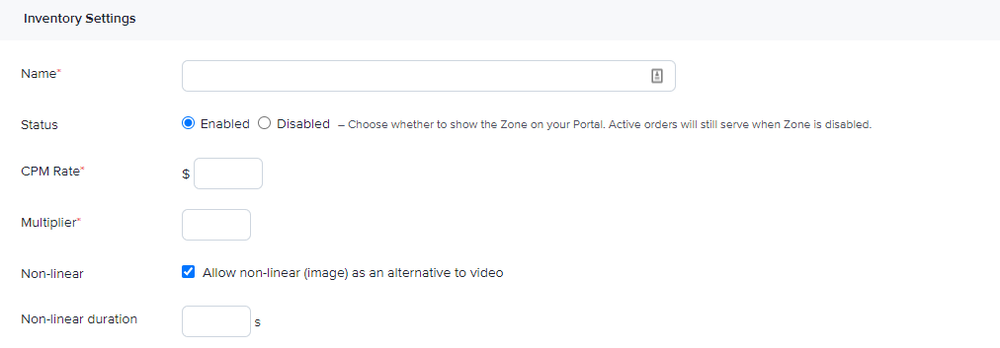Using AdButler for Digital Out of Home Advertising
Digital Out-of-Home Advertising
Digital Out of Home Advertising (DOOH) refers to using digital screens, such as billboards or displays in public places, to showcase ads. DOOH is typically used to target people outside their homes or workplaces, such as in malls, airports, or on the streets.
Historically, Digital Out of Home (DOOH) ad serving was done through content management systems (CMS) and digital signage software. These systems enable advertisers to upload and manage their ad content, schedule and target specific ads to particular screens or locations, and monitor the performance of their campaigns.
In recent years, programmatic DOOH advertising has also become increasingly popular as a method of DOOH ad serving. Programmatic DOOH uses real-time bidding (RTB) to deliver ads to specific screens or locations based on a range of factors such as time of day, audience demographics, and weather conditions. This method of DOOH ad serving can be more targeted and efficient than traditional CMS-based advertising.
Digital Out of Home (DOOH) ad serving commonly uses VAST (Video Ad Serving Template) as a standard for delivering video ads to digital screens. VAST is a widely used protocol that standardizes video ad formats and communication between ad servers and ad players.
AdButler and Digital Out-of-Home Specific Advertising Requirements
With digital out of home advertising, statistics vary quite a bit from traditional digital and online advertising. An impression as recorded in most ad-servers does not correlate directly to eyes on digital signage.
To assist in this report, AdButler supports inventory multipliers. This allows a specific piece of inventory (known as zones in AdButler) to have a multiplier that can be applied to an impression. The multiplier is most commonly calculated by determining the number of viewers that will see a single 'impression' before a new request is made.
As an example, let's pretend we have a digital billboard in a popular shopping mall. This screen makes a new request (done through a VAST request on the Set-Top Box, or Signage Software) every 5 minutes. The multiplier for this piece of inventory would be the average foot traffic that walks by this screen in any 5 minute interval. Let's assume that 50 people walk by this screen every 5 minutes. This would mean that a single impression, would earn 50 views. As such, AdButler's multipler support allows you to see the raw requests + the average views (impression * multiplier).

Non-Linear Alternative to Video
Along with support for inventory multipliers, since most DOOH ad-serving is done through VAST, AdButler has also added support for Non-Linear Duration Ads, allowing a VAST request to show a static image instead of a video for a specific duration. Simply check the 'Allow non-liner (image) as an alternative to video' option, and specific the image duration in seconds.
Using Programmatic Demand Sources for DOOH
Since most DOOH ad-serving is done via VAST, users can easily add in programmatic demand sources (via OpenRTB) to their DOOH inventory. Simply follow the Programmatic Setup Guide here
You will want to ensure the demand partner you are working with supports video ad bidding, and VAST 2 or VAST 4.
Want to know more, or have a custom use case?
Contact our sales and support teams today!